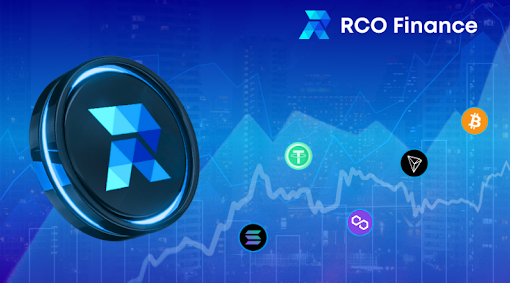In stark contrast to the last two years, 2023 has the opportunity to lay a new foundation for the evolution of blockchain. That’s because this year will be defined by the application layer of the blockchain that will open a whole host of new scaling solutions. At this layer, the Web3 community has an opportunity to focus on refining both the underlying technology that powers the blockchain and the way it approaches much-needed solutions to some of the most insidious problems that the crypto industry faces. In this way, layer 3s are set to help drive new innovation and mass adoption.
What exactly are layer 3s?
Layer 1s are characterized as the foundational blockchains like Bitcoin and Ethereum that have their own native cryptocurrency used to reward those who work to secure the network itself. L2s are protocols built on top of L1s designed to increase transaction speed and mitigate scaling difficulties of layer 1s while leveraging the security of the base chain. For example, Arbitrum is an L2 created to improve Ethereum’s speed of processing transactions as well as overall flexibility and scalability, and it has given birth to a broad range of DeFi protocols. Layer 3s, on the other hand, offer even higher levels of customizability. At this layer, developers can carry out customized designs that L2s cannot easily achieve, especially for lower-cost execution and privacy-preserving functionalities.
How L3s can lower cost and improve scalability
While L2s are currently being used for general-purpose scaling, L3s enable customized scaling and realize important functionalities — such as privacy — that L2s can’t effortlessly achieve on their own. L3s increase computation speeds and scalability of single applications by not having to share ZK-circuits with other applications on a single chain.
The Ethereum multi-layer architecture was first proposed by the StarkWare team in Ethereum multi-layer architecture. The current L2 serves as a general-purpose scaling, while L3 accomplishes customized scaling. For example, an L3, which adopts customized circuits depending on the demand of a specific decentralized application, can achieve better performance. Another example is Validium as L3. This design provides higher levels of throughput at a relatively low cost for decentralized apps by avoiding pushing compressed data to the L1 and utilizing validators to secure the digital asset. L3s can be employed as low-cost and high-performance scaling solutions that allow projects to have more choices for potential solutions, depending on their particular use cases.
Current barriers to L3 adoption
Layer 3s are just now emerging, and as such there are several issues and barriers that need to be overcome to bring them to the next level. One of the main challenges is the lack of standardized infrastructure for L3s. Since L3s are built on top of L2s, they require a standard infrastructure to operate efficiently. Without this standardization, L3s may not be able to achieve their full potential, making it harder for developers to build applications on top of them.
Another challenge is the need for more development in ZK-rollup technology, which is the underlying technology for L3s. ZK-rollups have the potential to significantly improve the efficiency and scalability of L3s, but more work needs to be done to optimize this technology and make it more accessible to developers.
The Web3 ecosystem is actively working on developing new and improved zero-knowledge technologies and infrastructure for layer 3s. By standardizing infrastructure and continuing to innovate in ZK technology, we can overcome these small challenges facing L3s and bring them to the forefront of blockchain scaling solutions, driving innovation and widespread adoption across every industry.
What does the future of L3s look like?
While L2s offer a general-purpose scaling platform today and function as the most cost-effective solution for now, the future belongs to a multi-layered network — one that can provide even more cost optimization and efficiency across the board.
Today, L3s are still in their very early stages. As we know, the underlying technologies of L3s are closely tied to ZK-rollups. Therefore, exploring ZK technology will be essential to the development of L3s. That means that, as the Web3 ecosystem continues to focus on building out new and improved ZK technologies, more refined and elegant L3s will come to the fore.
These new solutions are uniquely poised to make scaling easier and more cost-effective than they have ever been, while simultaneously offering more customized functionalities than ever before. As a result, L3s will enable the whole industry to drive innovation forward — something that will help imbue blockchain with more use cases across every industry, leading to an inevitable increase in widespread adoption.




